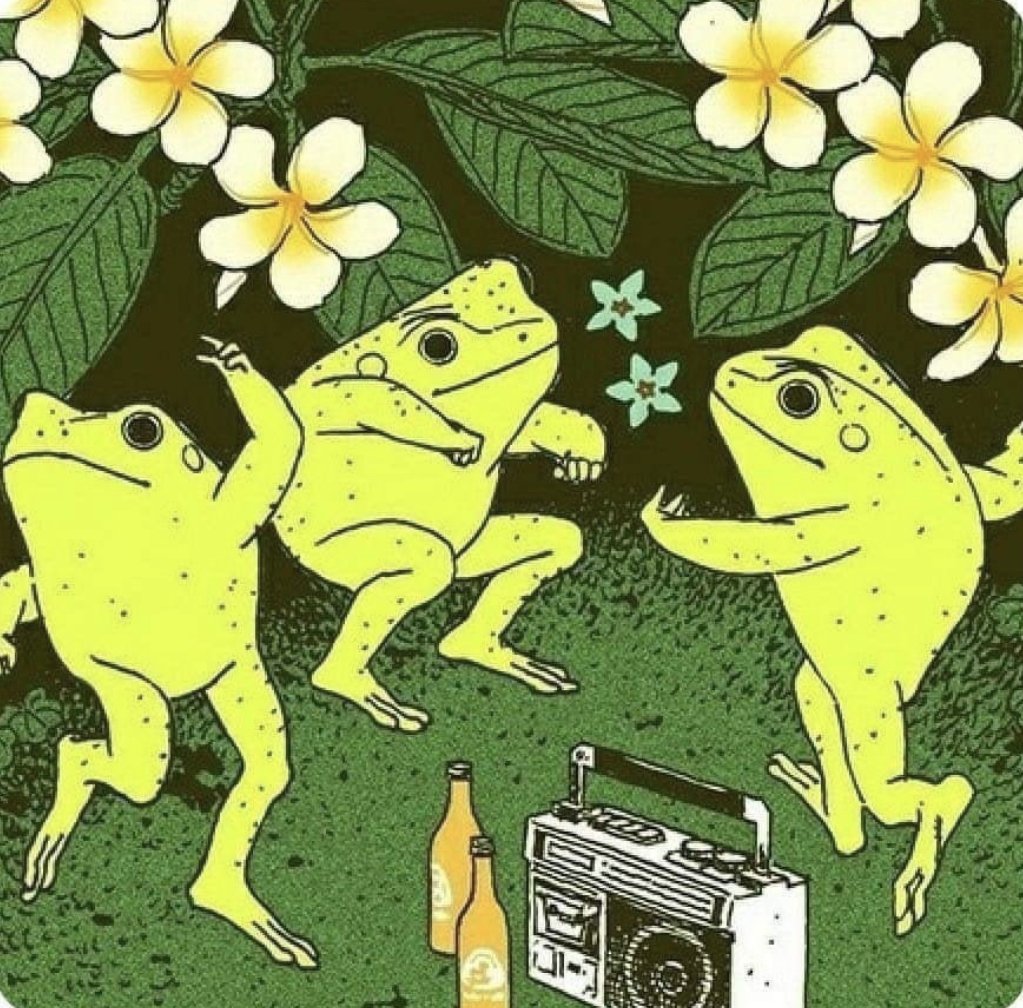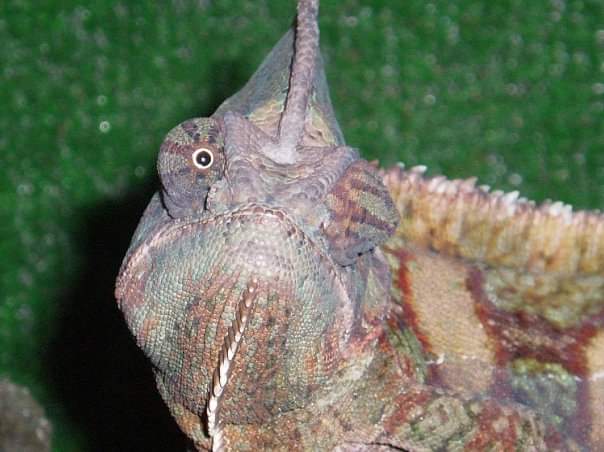Source: Adoptable CLOSED : Swamp Fairy tadpole breeder by Ampraeh
DeviantArt profile: https://www.deviantart.com/ampraeh/gallery
How do you breed tadpoles? Doesn’t that make her a frog breeder?
Fairy magic bruh. Sexually mature tadpoles is an interesting concept lol
That’s basically what axolotls are, the aquatic pre-metamorphic stage of a salamander that gained the ability to reproduce before morphing, and now doesn’t undergo metamorphosis anymore. In rare circumstances of nutritional imbalance or environmental stress axolotls can morph, but they have shortened lifespans and generally are weak or sick afterwards. And I’m not sure if this is an ability of the true wild axolotls, or if it’s related to the fact that the vast majority if not all axolotls in captivity have a little bit of tiger salamander in the mix (they are a hybrid, not the same as a true wild axolotl, and the true wilds are critically endangered).
Thanks for coming to my axolotl talk
That’s called neoteny! We humans are also, in some sense, child-ish primates.
Just to expand, this could be said of all paedomorph forms of salamanders (e.g.family Proteidae [Nectaurus aka mudpuppies, and Olms], many cave salamanders, and occasionally in related Ambystomatid salamanders [mostly in the tiger salamander complex]).
In axolotls (Ambystoma mexicanum, or A. mexicanum x tigrinum in captivity, as mentioned) this specific type of paedomorphosis results from the slowed development of somatic cells (neoteny), though in the other Ambystomatids this typically occurs through increase rate of development to sexual maturation prior to metamorphosis, possibly due to accelerated growth (progenesis).
Sadly, tadpoles cannot become sexually mature. Larval (tadpole) stages can be prolonged, but if they exceed a certain point without metamorphosis, they will die prematurely (relative to metamorphosed individuals).
What happens to tadpoles physiologically that causes them to die if they don’t undergo metamorphosis in time?
OK, second try at this. Last attempt mysteriously disappeared.
So, it appears I was somewhat wrong in my prior statement. There is one situation where tadpoles technically reach sexual maturity. I’ll discuss that later in my answer though.
The first, and most common reason tadpoles fail to metamorphose is due to insufficient growth with normal developmental progress. In larval amphibians there can be a trade off between growth and development. They can grow larger at the expense of slower development, or develop faster at the cost of a smaller size. Growing big is good for surviving against predators, and post metamorphic survival, while rapid development is better in high competition and fast drying wetlands.
If the tadpoles don’t reach a certain minimum mass to metamorphose, they die due to lack of energy reserves. Basically starve and or fail to develop properly. That being said, they can remain in wetlands as tadpoles for longer than their healthier cohorts. This would be especially noticeable in species with long larval periods like green frogs (Lithobates clamitans) and bullfrog (L. catesbeianus) that take multiple years to reach metamorphosis.
Second way tadpoles might fail to metamorphose is a thyroid problem. Either lack thereof, or failure to produce sufficient thyroid hormone. This has been documented in at least bullfrogs (L. catesbeianus) and African clawed frogs (Xenopus laevis).
Here is where I was wrong to say tadpoles won’t reach sexual maturity. Xenopus tadpoles,lacking thyroid glands, can fail to metamorphose, but still produce mature gonads with eggs or sperm. These are said to be the closest case to anuran neoteny. It should be noted that they’ve never been observed to reproduce and there are major issues that would likely prevent them from doing so. It’s also been observed that while these Xenopus tadpoles have lived in labs for up to 8 years, any attempt to force metamorphosis results in death at the stage where the tail is resorbed. It’s thought this is due to disproportionate tissue and organ growth.
The main reason these tadpoles that fail to metamorphose may die early is due to wetlands drying, lack of food resources over time, or predation. They are essentially big squishy biological water balloons with no way to escape a drying pond and few defenses against predators, and they are bigger target than other tadpoles. Aside from that it’s possible they could live a long time, but they are also very rare. So, these are more or less an exception to the general rule.
Thank you for surviving my dissertation.
*edit: spelling and added some species names.
Don’t notify the rule 34 artists I beg you



